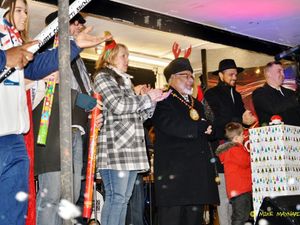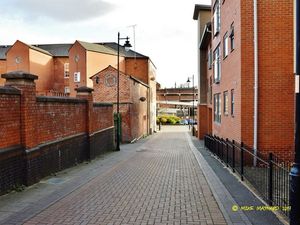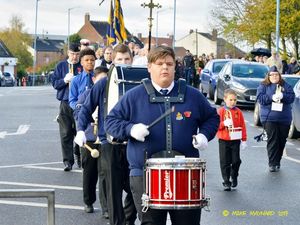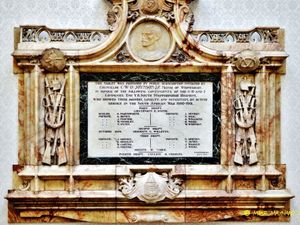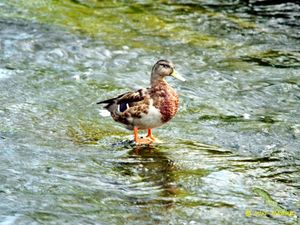Raising the ISO #photography
Quite often there isn’t enough light and you don’t want to use your flash. The answer is to make the sensor on your camera more sensitive to light. This is easier with my DSLR than my bridge camera and it can help you take sharp shots indoors or when there are dark skies. I went to the art gallery this week to collect a picture that was in an exhibition and wanted a few shots of a tablet honouring Boer war participants. Raising the ISO on my camera to 400 did the job and I didn’t need to use a flash.
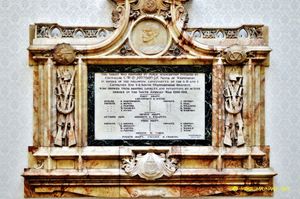

Wide open
I shot this from about 6 ft away, wide open at f/1.8 using my 35mm prime lens and so the shutter speed of 1/200 of a second gave me a sharp image. I then decided to change the lens and take another shot to get the text easier to read. This next shot is still at ISO 400 and again I shot wide open at f/5.6 on aperture priority and that gave me a shutter speed of 1/25 of a second. The lens was my 18 – 105 mm (max aperture f/4.5). The shot is sharp enough but I could have gone to ISO 800.
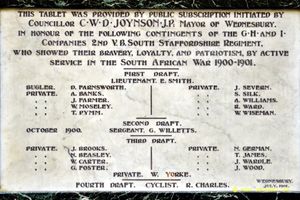
Raising the ISO
Raising the ISO will be more or less standard practice now we have dark skies and sometimes I’ll be raising the ISO and using the flash as well. The flash can be very bright in dark conditions and raising the ISO can mean a flash that is less intense.
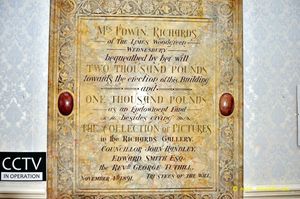
The Richards Gallery
The Richards Gallery is our splendid Victorian Art Gallery in Wednesbury and this tablet shows the origin. Again, I took the shot wide open for a very shallow depth of field, raising the ISO to 400 again.

Pop up flash
For this shot I had some light from sky lights and so still with my ISO at 400, I used the pop-up flash for a little extra light and the sign is quite clear at f/3.5. On aperture priority, the camera gave me a shutter speed of 1/80 of a second. In this art gallery, most of the paintings are covered in glass which will reflect the flash back towards the camera and often I needed to turn the flash off altogether or at least limit the flash.
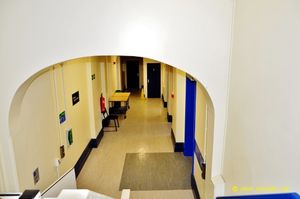
I shot this last picture at f/3.5 on aperture priority and it isn’t too bad but I could have probably got more of the shot in focus at a narrower aperture and a slower shutter speed. Raising the ISO to 800 or even higher would have worked too. Higher ISO on my camera tends to introduce noise on black but with so much white 800 or even higher would have worked and the narrower aperture would have brought more of the shot into focus. As Martin Parr said in one of his videos, shoot lots of crap and pick out the good shots!
Remember that you can make your camera even more sensitive to light than your eyes. As dark cloud come over, the pupils of your eyes will dilate making it appear lighter. Adjust the ISO of your camera higher and your photos will appear lighter.

